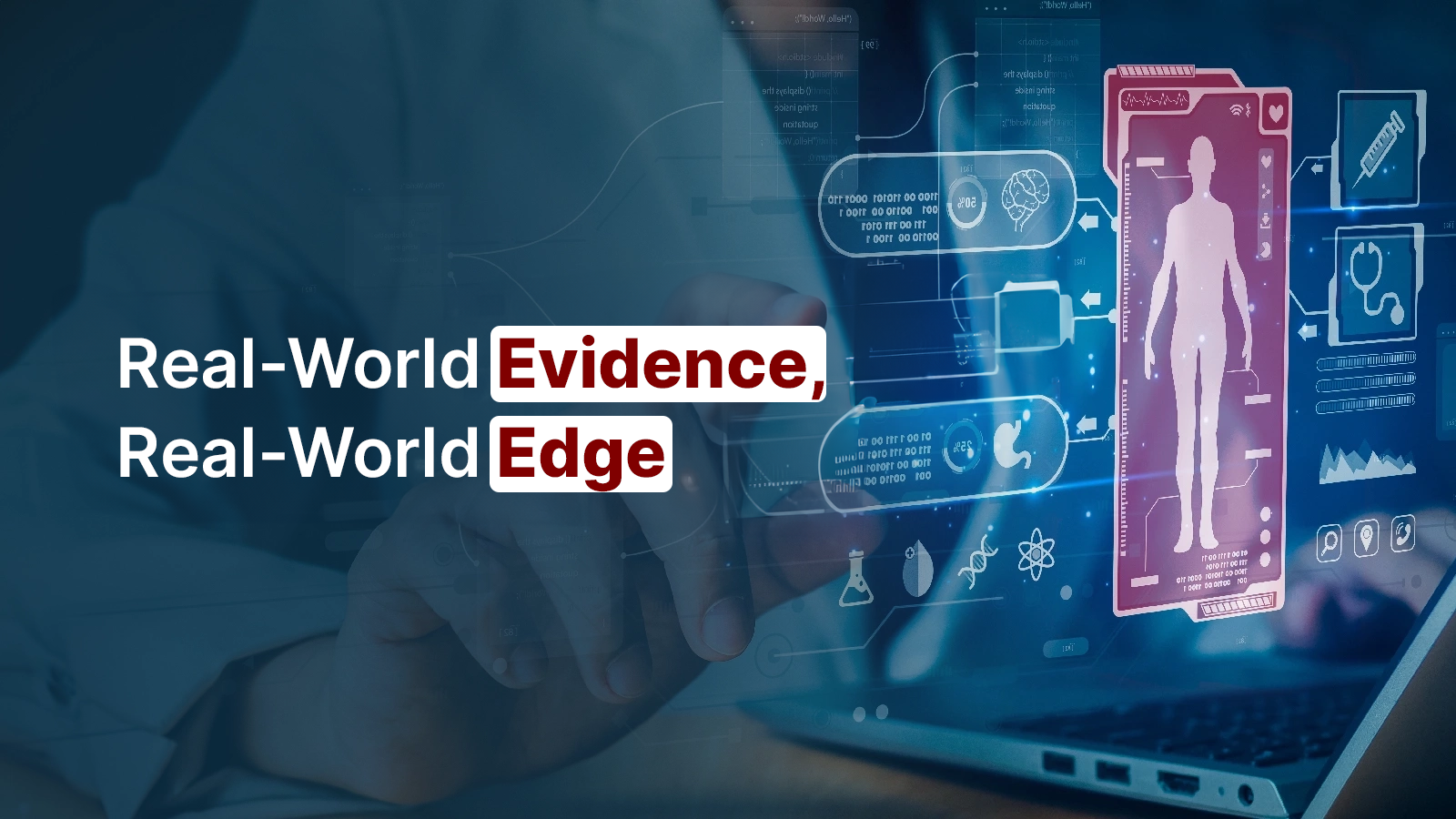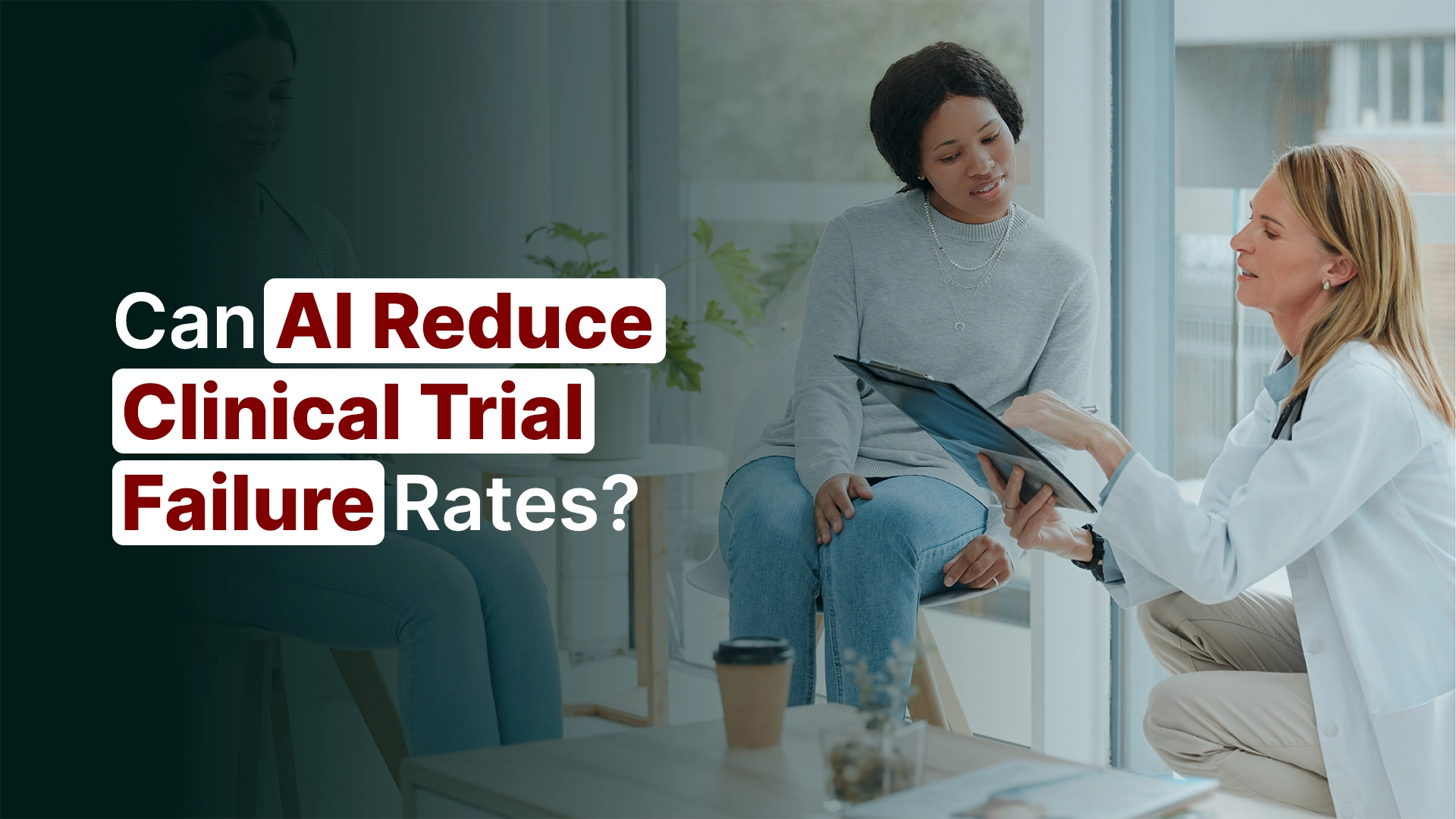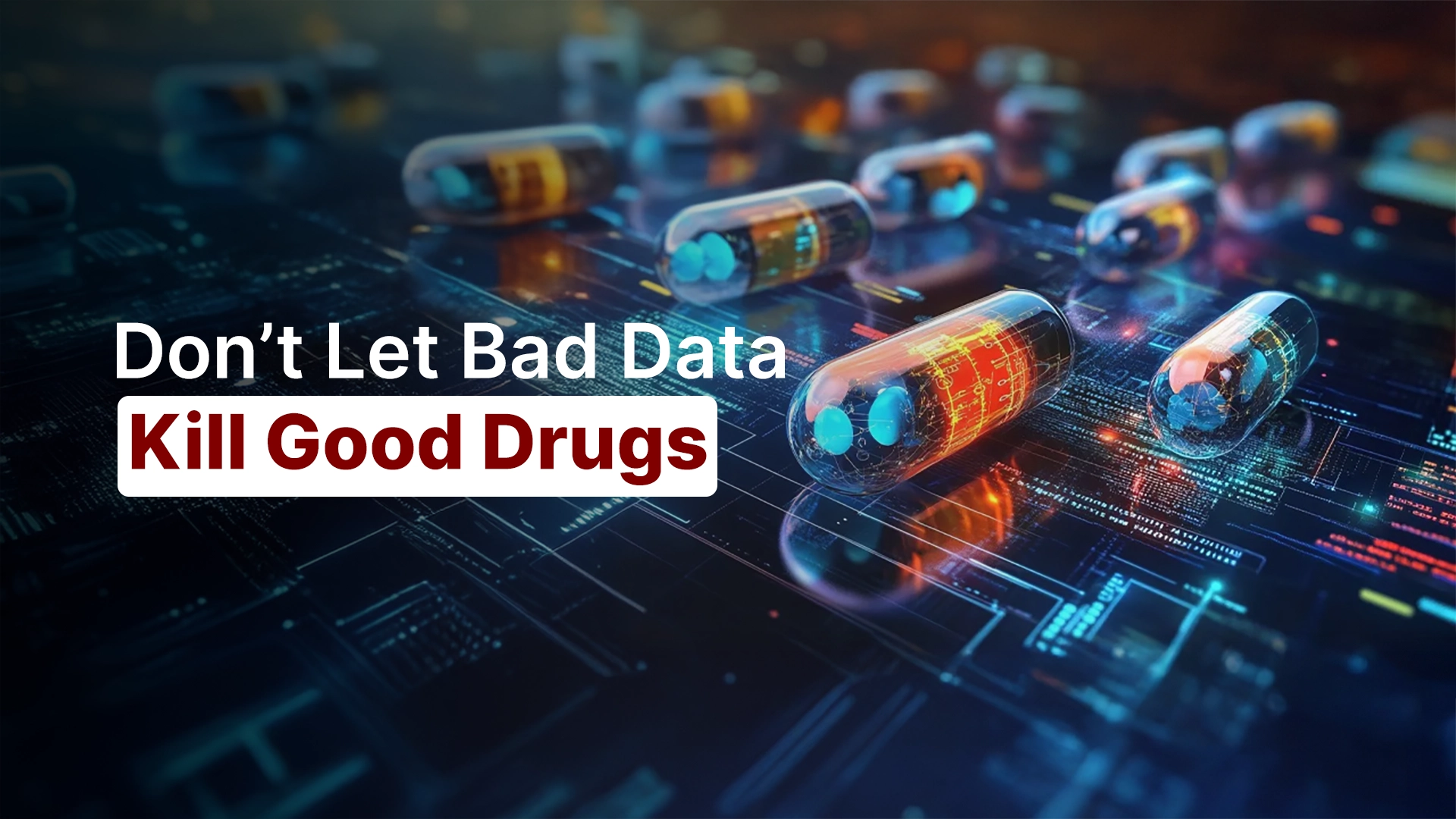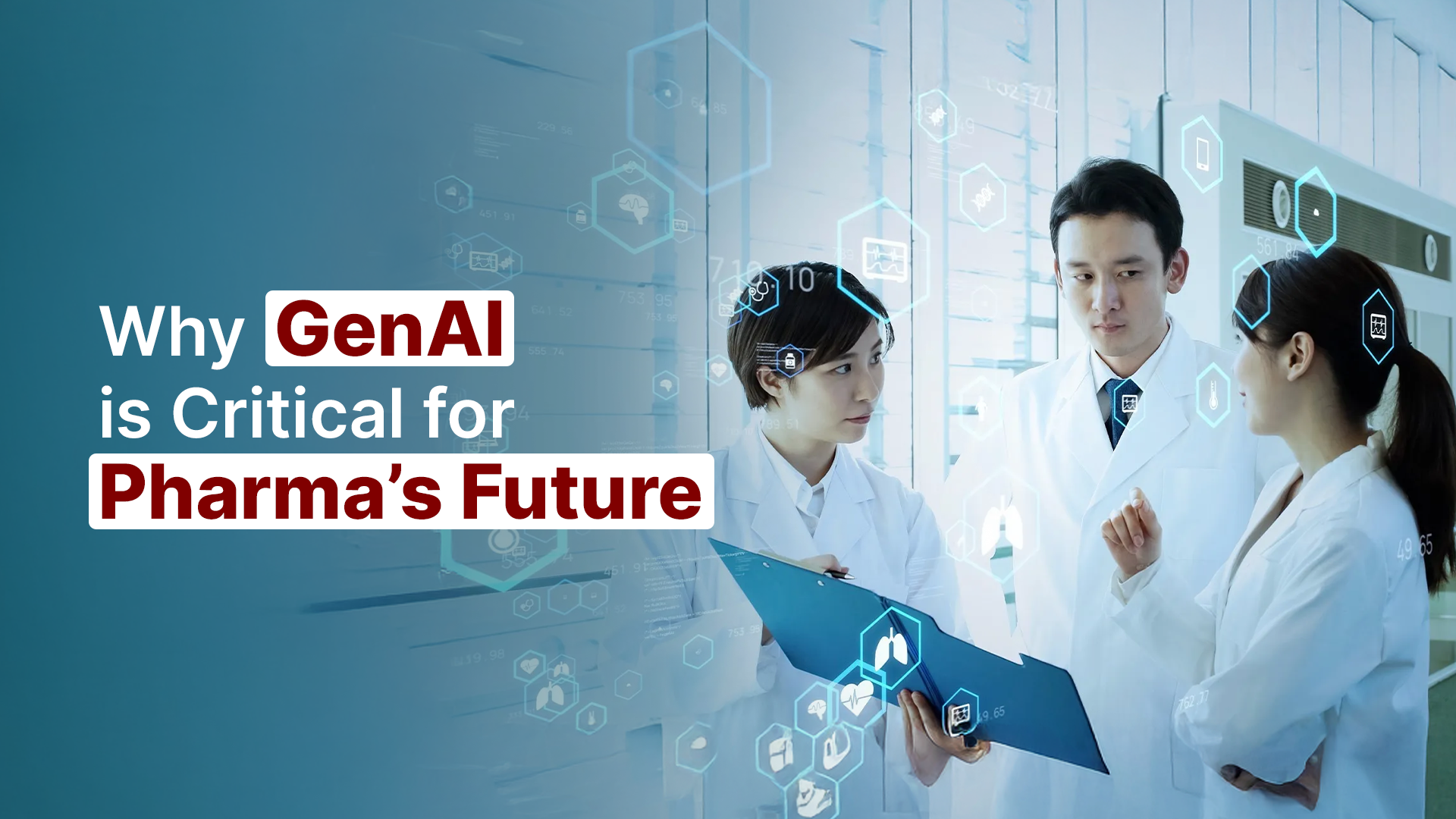Real-World Evidence Analytics
- Read Time: 3 Min

The imperative for effective decision-making in the pharmaceutical industry has never been more pronounced. Pharmaceutical companies are under considerable pressure to innovate and demonstrate value with the healthcare sector’s shifting focus towards outcomes and the patient experience. Advanced analytics applied to real-world evidence (RWE) has emerged as a critical driver for decision-making in this environment. Leading pharmaceutical companies are leveraging this approach to create impact at scale, transforming how we understand patient characteristics, behaviors, and responses to therapies. For industry leaders and aspirants alike, innovating with advanced RWE analytics is an opportunity and a necessity to stay competitive and relevant.
Understanding Real-World Evidence
Real-world evidence refers to data from sources outside traditional clinical trials, such as electronic medical records (EMRs), health insurance claims, patient registries, and patient-generated data from mobile devices and apps. This evidence captures the circumstances of everyday clinical practice and patient experiences, providing a more comprehensive view of treatment effects in the general population. RWE can influence everything from drug development to post-marketing surveillance and healthcare policy-making when leveraged correctly.
The Evolution of RWE Analytics
Traditionally, RWE was utilized for descriptive analyses to understand patient populations or to conduct comparative effectiveness research. However, the evolution towards advanced RWE analytics has transformed the capabilities of pharma companies. This new paradigm employs sophisticated techniques, such as machine learning, predictive modeling, and causal inference algorithms, which enable a granular understanding of diseases, patient subpopulations, and therapeutic interventions. Advanced RWE analytics facilitates the construction of predictive models, scenario analysis, and hypothesis generation across various therapeutic areas and endpoints.
Implications for Decision-Making
The implications of advanced RWE analytics for decision-making in the pharmaceutical industry are profound:
Enhanced Drug Development:
By analyzing RWE, companies can design better clinical trials, identify novel drug targets, and reduce the time and cost associated with bringing new drugs to market. A refined understanding of patient populations leads to more personalized medicine, aligning treatment options more closely with individual patient needs.
Improved Market Access and Pricing Strategies:
RWE can significantly strengthen market access strategies and pricing negotiations with payers by providing compelling evidence of a drug’s real-world effectiveness and value. It is crucial in an era where payers increasingly tie reimbursement to patient outcomes.
Post-Marketing Surveillance
Post-marketing surveillance is critical for monitoring a drug’s long-term safety and efficacy. Advanced RWE analytics enable companies to detect adverse events more quickly and accurately, adjust strategies in response to these insights, and ensure continuous learning from a drug’s performance in the real world.
Strategic Planning and Forecasting
Advanced RWE analytics assist in the accurate forecasting of market trends, patient populations, and disease progression. This forward-looking approach allows pharma companies to allocate resources more efficiently and plan strategic initiatives more precisely.
Challenges and Considerations
Despite the evident benefits, the deployment of advanced RWE analytics is not without its challenges. Ensuring data quality and integrity is paramount; erroneous data can lead to incorrect conclusions and poor decision-making. Additionally, the sheer volume of data can be overwhelming, and the complexity of advanced analytics requires specialized skill sets and infrastructure. There’s also the challenge of integrating insights from RWE into existing decision-making processes and workflows.
Moreover, interpreting advanced analytics in a way that is comprehensible to all stakeholders, including regulatory bodies, payers, and patients, can be difficult. Explainable AI and other methods to enhance transparency are crucial for building trust and facilitating wider adoption.
The Future of RWE in Decision-Making
The future of decision-making in pharma is inextricably linked to the advancement of RWE analytics. Emerging methodologies and technologies will allow companies to ask and answer questions beyond our comprehension. For example, generative adversarial networks and federated learning could revolutionize predictive modeling, while time-series modeling and “few-shot” learning could open new doors in drug discovery and development.
To remain at the forefront, companies must develop robust strategies for managing and analyzing RWE, including building data pipelines, creating analytical models, and fostering ecosystems that support a range of use cases. As data sources continue to grow and diversify, the companies that can best harness and apply RWE will be those that can make the most informed, effective decisions.
Advanced RWE analytics represents a significant leap forward for decision-making in the pharmaceutical industry. By providing deeper insights into the real-world application of therapies, RWE allows for more informed, evidence-based decisions that can improve patient outcomes and business success. As the healthcare landscape continues to evolve, the ability to innovate with advanced RWE analytics will be a key differentiator for pharma companies, positioning them to deliver impact at scale and to navigate the complexities of a value-driven healthcare ecosystem.



